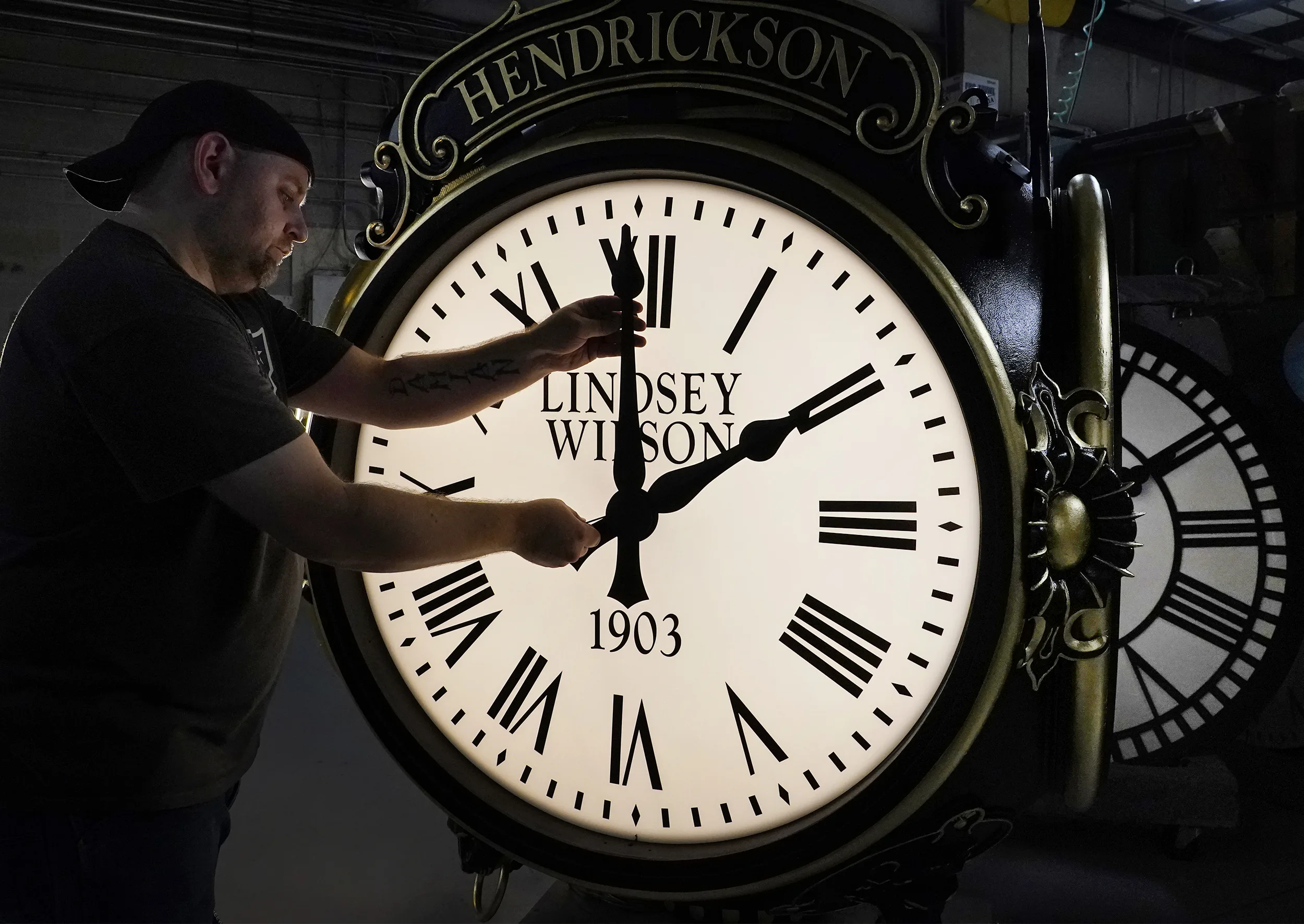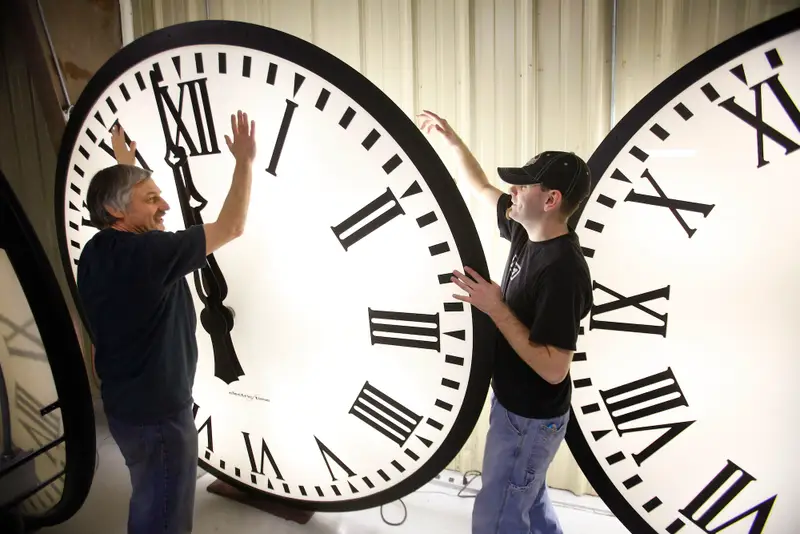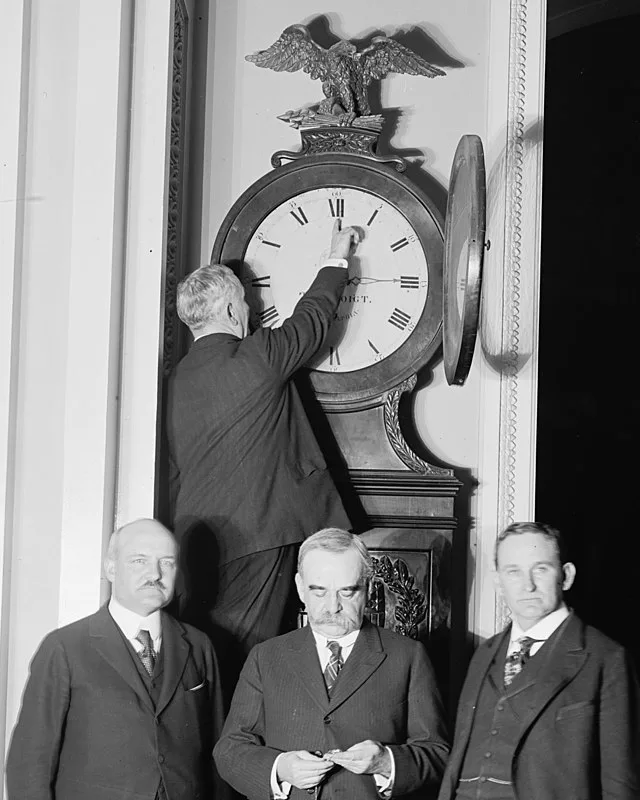Hey Ohio! Daylight saving time is wrapping up this weekend, so it’s time to “fall back.”
The days are getting shorter, and as we head into November, we get a little bonus—an extra hour on the clock. Daylight saving time officially ends on Sunday, November 3rd. That’s when you’ll need to set your clocks back one hour. So when you wake up Sunday morning, you’ll be gaining an hour of sleep (score!).
You know what that means: earlier sunrises and earlier sunsets. Come Sunday, it’ll be lighter in the morning (think around 6 a.m.), but darkness will creep in sooner in the evening. As we inch toward winter, the days will keep getting shorter until the winter solstice on December 21st—that’s the shortest day of the year.
What’s the deal with daylight saving time anyway?
Daylight saving time has been around for a minute—it got its official start thanks to the Uniform Time Act in 1966. Originally, it ran from the last Sunday in April to the last Sunday in October. But that changed in 2005, and now we spring forward in March and fall back in November.
The idea of daylight saving time actually started in the early 1900s, as a way to conserve energy during wartime. Pretty wild, right?
When do we turn our clocks back in Ohio?

We’ll all set our clocks back at 2 a.m. on Sunday, November 3rd. If you’ve got a smartphone, no worries—it should adjust automatically. But if you’ve got wall clocks, microwaves, or even an old alarm clock hanging around, you’ll need to set those back yourself.
What does this mean for Ohioans?
For us here in Ohio, that extra hour of sleep is always a win! The clocks roll back at 2 a.m., so you’re in for a longer night than usual. The earlier sunrises might make those dark mornings a little easier, but the trade-off is that it’ll get darker earlier in the evening.
Is daylight saving time still useful?
These days, with all our modern tech, daylight saving time doesn’t quite save as much energy as it used to. There’s even talk about the health risks that come with changing the clocks. You might’ve heard about the Sunshine Protection Act—the Senate passed it in 2022 to make daylight saving time permanent, but it didn’t get through the House. So, for now, we’re sticking with the twice-a-year time change. Who knows what’ll happen in the future?
Ohio State University NCAA Bottle Cap Clock by Hanna’s Handiworks Vintage Metal Wall Art – Show Your Buckeyes School Spirit in Your Man Cave, Dorm, Bedroom, College Apartment with OSU Fan Décor




